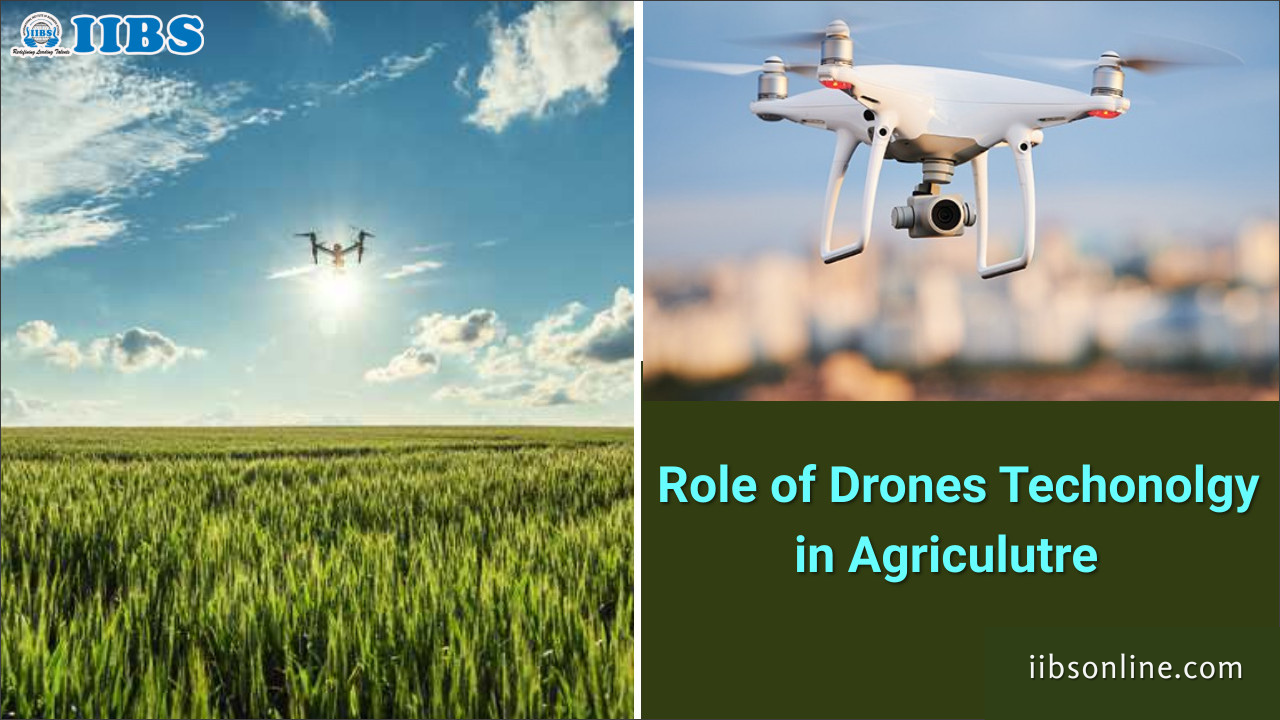Role of Drones Technology in Agriculture

Agriculture is an industry that has been around since the dawn of time and in recent years it has been revolutionized by the introduction of new technologies. One of the most important developments in this sector is the emergence of drones, which are used to maximize efficiency and productivity in agricultural applications.
We will come to know about the role of drones in modern agriculture and how they are transforming the way farmers work. Also, understand the most innovative ways the drones are used to improve spraying efficiency and crop production yield.
Drones have become a ubiquitous feature in the modern world. You will come across them in almost every sector of society with agriculture being among the biggest beneficiaries of technology. A recent report shows that the agriculture drone industry is on course to reach more than 4 billion dollars by 2024.
From surveillance and data collection to security, you cannot underestimate the importance of drones when it comes to improving the efficiency of running a farm.
Role of Drones in Agriculture:
Crop spraying: The use of drones to spray crops with chemicals such as fertilizer and insecticide is already pretty widespread in India and slowly gaining importance and farmers started adopting this technology.
Security: Drone security is one industry that is on the rise and plays a crucial role in farm management. These special drones consist of high-grade cameras fitted on one side and with this, we can get a high-quality picture of a farm not only this, but also, we can monitor the farm operations and locate machinery being used in the farm and keep an eye on disease and pests. The drone will give you a comprehensive overview of the farm in a matter of minutes.
Assessing Field Conditions: Drones are also being used to monitor the field conditions such as the health and structure of the soil. Utilizing applications like mapping quads can provide accurate information on field elevation that farmers can examine for any inconsistency in the field.
Monitoring Plant Health: Some drones are equipped with specialized imaging tools known as the Normalized Difference Vegetation Index (NDVI). These make use of detailed colour information to display the health of plants. The farmer can follow up on the health of plants as they grow and react early enough when the farmer notices something amiss to salvage the plants. Even drones with ordinary cameras play a role in monitoring crop health. By tracking crop density, growth, and colouration using satellite imagery, planters stay ahead of any unwarranted situations. The only thing is that satellite data is usually more costly and less effective compared to drone imaging.
Drone Pollination: This is just one of the latest applications of drones in agriculture still under experimentation and development. It is an exciting prospect that uses a minute drone to pollinate plants. Researchers in countries like Japan and the Netherlands are leading the charge to produce a small drone that can pollinate crops without causing damage to the plants. Very soon, we will have autonomous pollinating drones able to monitor plant health without being controlled by an operator. this will go a long way to boost the yield of the farm all year round.
Conclusion:
Drone technology has great potential in the agriculture industry through its applications in mapping and monitoring crops, planning crop schedules, precise crop spraying with required amounts in the required areas, and accessing crop conditions.
Leave a Reply
Your email address will not be published. Required fields are marked *


0 Replies to "Role of Drones Technology in Agriculture"